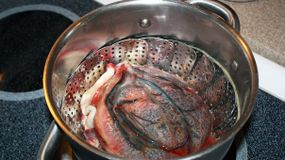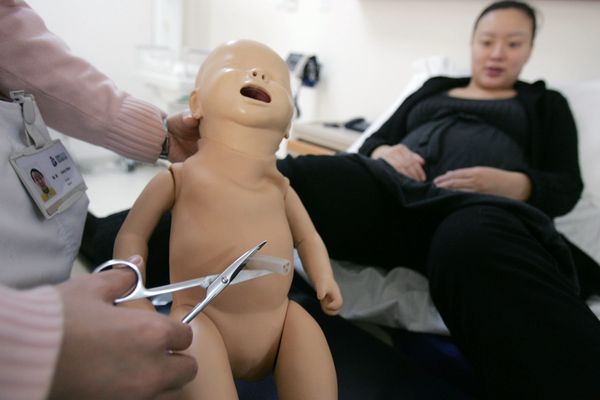
Multivitamins have long been a postpartum staple for new mothers, but many are adding placenta capsules into the mix. Yes. They're having their placentas preserved and encapsulated. But, um, why would someone want to consume their own, until-recently, internal organ?
Ingestion of these placenta pills is said to stave offpostpartum depression, a problem that affectsone in nine new moms. The capsules are also said to increase milk supply and ramp up production of beneficial stress-reducing hormones, as well as oxytocin levels, which enhances the mother-baby bonding process and helps the uterus contract to normal, pre-pregnancy size. One of the major hurdles for the industry, however, is that no scientific studies have as yet been able to confirm any benefits, with all evidence currently anecdotal in nature.
Advertisement
胎盘是至关important functionswhile in utero, including exchange of nutrients, waste and blood between mother and child. After birth, however, it is quickly rendered unnecessary and expelled from the mother's body. During the encapsulation process, the placenta is thoroughly steamed, dried and finally ground into capsules the mother can ingest.
Jenny Bennett, a Washington D.C.-area birth doula and childbirth educator withExpecting the Best Birthtook placenta capsules following delivery of her second child, and describes a significant improvement in her postpartum mood in an email interview. "The placenta contains a lot of hormones so I felt that it helped those to balance out better than they had with my first, when I did not have it encapsulated," she explains.
Advertisement






